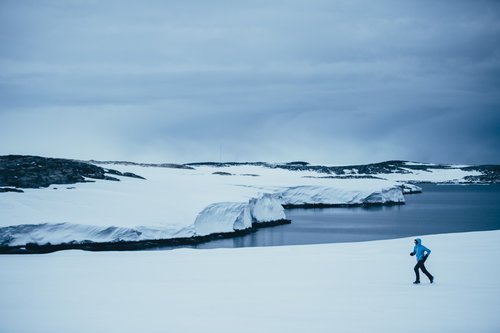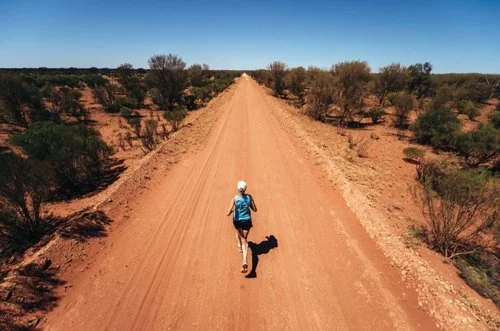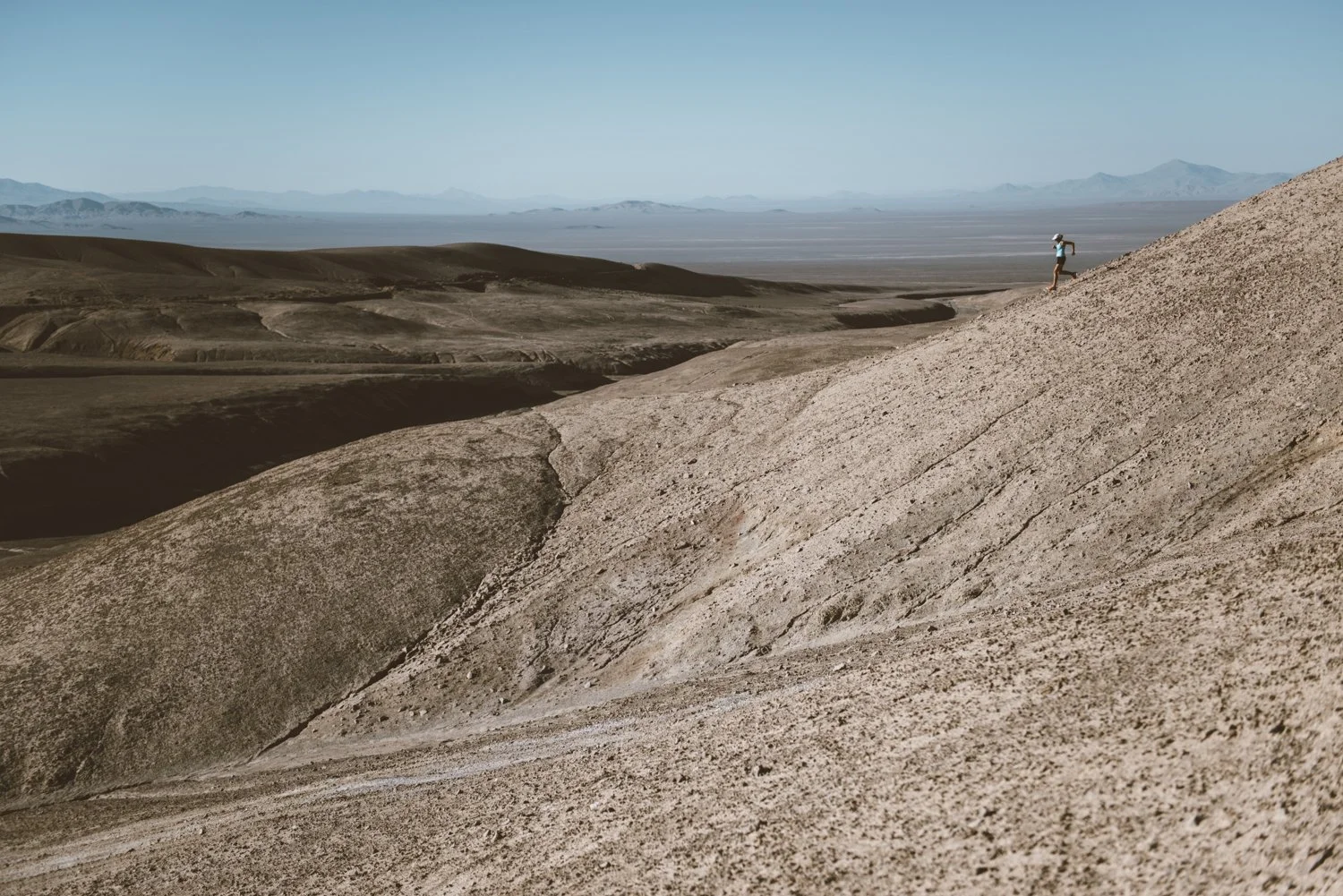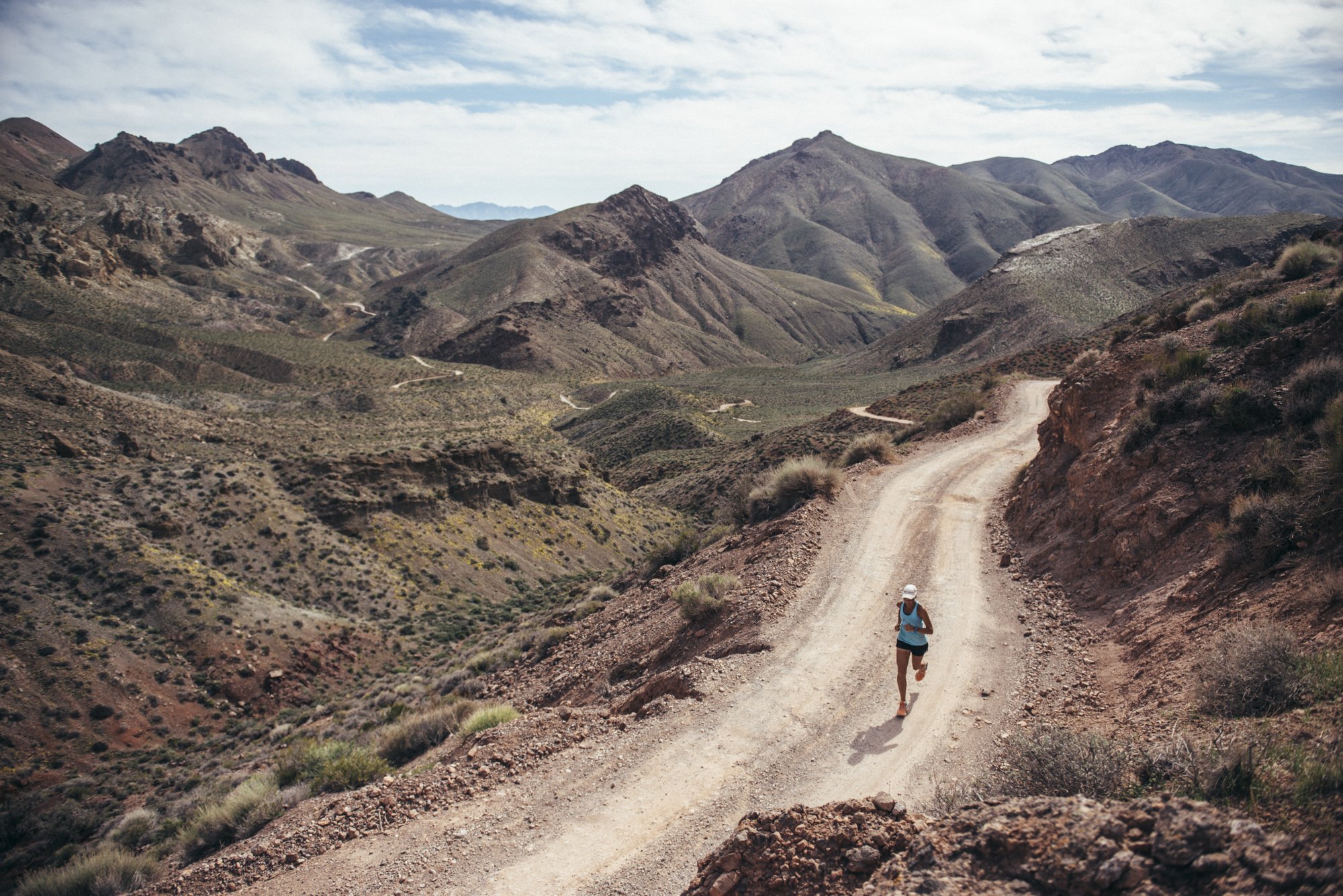
The 7 Deserts Run
#Run4Water
BY 2030, GLOBAL WATER DEMAND WILL BE 40% GREATER THAN SUPPLY.
To share this message with the world,
I undertook one of the most challenging feats of my life…
I ran 40 Marathons across 7 Deserts, On 7 Continents in 7 weeks for 1 reason:
to raise awareness of the global water crisis.
The battles of yesterday were fought over land, they warn. Those of the present center on oil. But those of the future — a future made hotter and drier by climate change in much of the world — seem likely to focus on water, they say.
- The Route -
The Deserts
The Tabernas, Spain
About 70% of Spain’s water
goes to agriculture, and much
of it is wasted through a combination of inefficient
irrigation systems and
water-thirsty crops unsuitable
for the arid climate.
An antiquated, leaky drainage system loses millions of litres of water a day throughout Spain. Within metres of the new
€130m headquarters of Agbar, which owns Aguas de Barcelona, the city's water utility,
one faulty system was reported
to be losing 800,000 litres a day.
Rainfall in Spain is predicted
to fall 20 percent from this year
to 2020, and 40 percent by 2070, according to United Nations projections.
Key Water Facts:
-

WHAT DOES WATER MEAN TO YOU? ”El todo (everything). I own a small olive farm and rely on water from the local well to feed my trees. Without this farm I don’t have anything. I hope to pass this land onto to my daughter one day.”
— Juan Jose | Age: 59 | Occupation: Olive farmer, Almeria
-

“I think that in cities people are not as aware of how essential water is to humanity. I imagine there are some people who are water conscious, but the majority don’t realize how essential water is”
— Salvador Mainar - Councilor in Tabernas, Spain
The Arabian, Jordan
Jordan's water supply
is enough to sustain 4 million people. The population is now 10 million.
Jordan is the third-driest
country in the world, and more than 600,000 Syrian refugees
are now living there alongside
their Jordanian neighbors.
Clean water was already scarce,
and now the limited resource
must serve a much larger population.
The amount of water lost
nation-wide as a result of
poor infrastructure could
satisfy the needs of
2.6 million people –
more than a third of Jordan’s current population.
Key Water Facts:
-
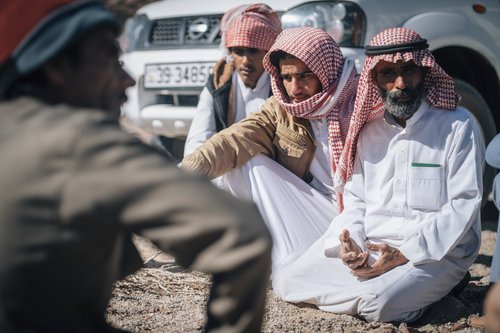
"The question isn’t if the water will run out in Jordan, it is when. Perhaps it will be in my lifetime, definitely be in my children’s lifetime"
-

“For us, water is life. Everyday we look up to the sky and wonder whether rain will come”
- Yusuf
-

"Every year we had less and less water. You either go thirsty today, or you go thirsty tomorrow."
— Basem Telfah, General Secretary of the Ministry of Water and Irrigation in Jordan.
The Antarctic, Antarctica
About 70% of Earth’s fresh
water is in the Antarcticas
ice caps.
Scientists estimate there has been
as much as a 60% reduction in the volume of Antarctic Bottom Water – the cold dense water that drives global ocean currents.
Antarctica contains 90%
of all of the ice on the planet
in an area just under one and
a half times the size of
the United States.
Key Water Facts:
-

A piece of ice that was part of a core of up to 1.2 km deep into the earth’s surface - 60,000 years of air and history in my hands!
— Here I am with, Taz Van Ommen, a senior scientist at IMAS.
-

"I’m not doing this for myself. I’m doing this for our planet and the generations to come. I’m running for every person who uses water."
- Mina Guli
-

"It’s only cold if you’re standing still."
- Mina Guli
The Simpson, Australia
Australia is the driest inhabited continent on earth, with the least amount of water in rivers, the lowest run-off and the smallest area of permanent wetlands of all the continents.
In recent years, Australia has exported as much as 430,000 tons of butter, cheese, and milk powder annually—the equivalent of shipping off 5.5 billion liters of valuable water. In 2005-06, for instance, cotton alone used as much as 20% of all the water in the Murray-Darling Basin.
Agriculture uses 50-70% of the water consumed in Australia per annum and irrigation uses 90% of that.
Key Water Facts:
-

“It is like an absolutely boiling hot furnace. It is the valley of death!”
— Kelvin Trautman, the photographer's comment on the fact that they had hoped for easy, flat running and the conditions... well, not a whisper of a breeze and the ambient temperature in the mid 40.
-

"Water is life. It is our medicine."
— Aboriginal woman at the Titjikala Art & Craft Centre
-
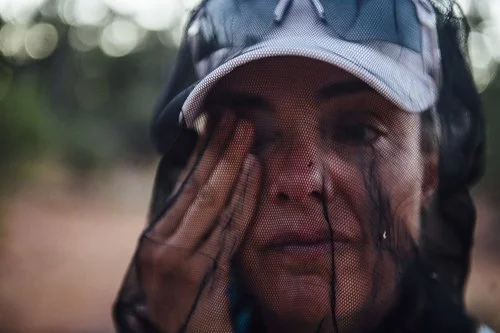
The flies are totally out of control now that the days are so hot.
— Nothing can quite prepare you for Australia's extraordinary fly population. They don't seem to get quite the same amount of publicity as koalas and 'roos.
The Richtersveld, South Africa
South Africa is the 30th-driest nation on Earth, according to the government, which expects water demand to outstrip supply as early as 2025.
South Africa is losing the
equivalent of 4.3 million
swimming pools of water
a year because of leaky pipes
and theft.
The South African Weather Service pronounced 2015 as the driest year on record since record keeping began in 1904.
Key Water Facts:
-

“Water is life. I know, because I provide water to my town. Without it, there is no school for our children, no hospital for the elderly and sick, and no work for any of us.”
— Justice Farmer, a borehole manager from Eksteenfontein
-
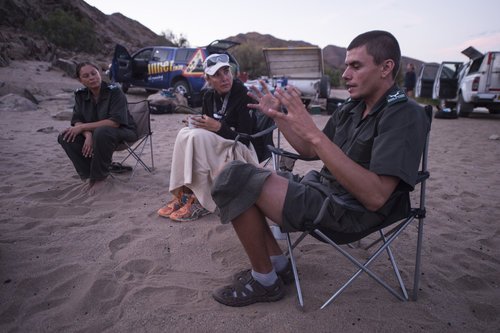
“Our biggest problem is that we don’t include ourselves in nature. We exclude ourselves as something different from nature and we’re not. We’re part of nature. That is the loss of us as humans. We’re missing out the joy of what it should be like to live on earth. “
— Pieter v Wyk, Conservation Manager in the Richtersveld National Park.
-

The Orange River is so dry that the pont has stopped working. The is estimated that the river has dropped 6 meters in the last 6 years.
The Atacama, Chile
Two years ago Copiapó, a town in the Atacama, used to have 20 wells. Now it only has one.
10% of avocadoes consumed in the US come from Chile. Over the last decade avocado production in Chile has increased over seven fold, despite the fact that avocado production is water intensive and Chile's central valley where they are grown is incredibly dry.
Tiny fishing communities that dot Chile's coastline, where the desert meets the sea suffer greatly from Chile's drought. People there survive on around 8 litres of water each day, meaning showering isn't an option.
Key Water Facts:
-

"My family have spent weeks without water. Having no water, it’s not something I would wish on anyone. What can we do without water? Nothing."
— Homero Gomez, Fisherman from Chanavayitas
-

"Water is everything. I moved to this small fishing village from the south of Chile. I used to have regular water supply. But living here in Caramucho, we rely on water getting trucked in. We only get 1mm of rain per year. This is not an easy place to live."
— Alejandro Benjamin, a seaweed collector in Caramucho.
-

“13 years ago the we drilled 15m to find water. Now we have to drill to 34m to find water.”
As a result of the water demands of the neighbouring salt mine, this oasis vegetable farm’s crop has been decimated and their growth capacity has severely diminished.
-
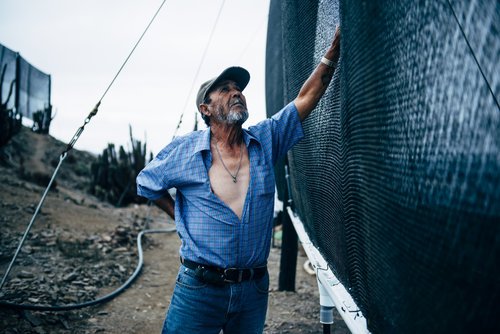
"I hope people can see this, and realise that this works."
— Hugo Cortez, a 67 year old local to the town of Chanaral and resident fog catcher. He started collecting fog in 2001 by building a series of nets high up in the hills overlooking his town. He now collects almost 500L of water a day from the pacific borne sea fog.
-

“If we don’t understand where our stuff comes from, we can’t make smart commercial consumer decisions, because we just don’t know. We’re not aware of it.”
— Mina Guli
The Mojave, USA
4 billion people face water
scarcity for at least one month
in the year, and 130 million
of these are in the US.
Farmers are making more money selling their water supply than planting food. The Metropolitan Water District will buy water off the farmers for $700 per acre-foot, more than double what it paid for the same water just five years ago.
In California, 4 trillion litres of water is used per year to farm almonds (that's which is enough water for the entire population of L.A. to drink for 1,405 years!)
Key Water Facts:
-

“As we seek to create our own environments, and to find our own comfort, we forget that it is always at the cost of something else. I think most people will change their habits if they knew the cost at which we demand them. Our natural resources provide life to us. And if we destroy them, we destroy ourselves. “
-

"I want every single person on the planet to have a dream they can achieve. Without water that’s not possible."
— Mina Guli
-
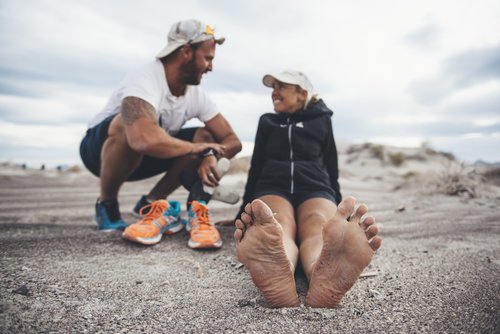
When Mina completed 5-day, 200km ultra-marathons in 2013 and 2014, her feet were covered in blisters. So what’s the difference?
— Brock Healy - What is more incredible than running 1,688km run in 49 days? Doing it without getting a single blister or losing any toenails!




